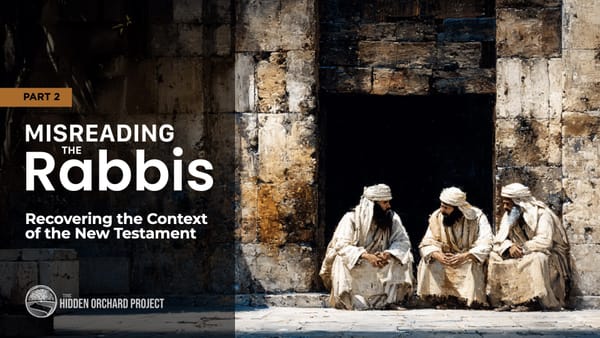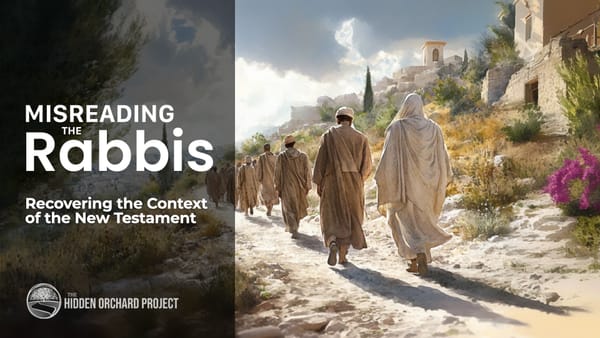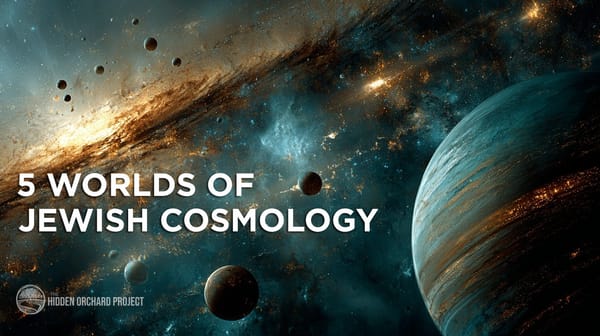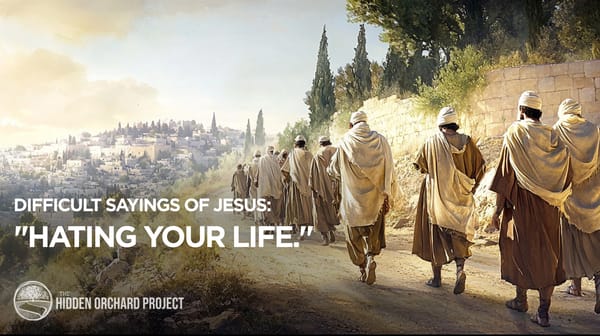The Healing of the Blind Man
What is the lesson of the healing of the blind man? Is it simply a recorded event, or is there more for readers to take away from this moral?
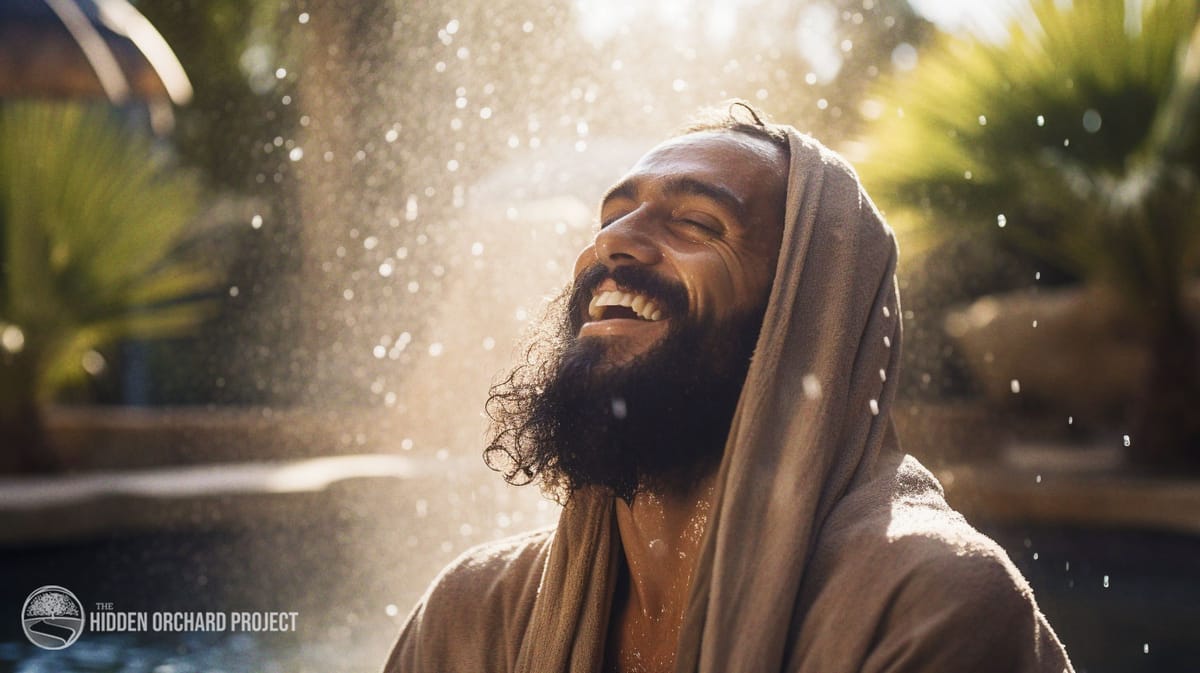
One hazard of reading the New Testament through a polemic frame, particularly one seeking to pit Judaism vs. Christianity, is a perspective shift occurs that impacts how we approach the texts.
Often, this perspective reduces the story to a straightforward narrative. Jewish literature rarely tells a story for simple purposes of record. Often, at least in how an event is recounted, a more profound lesson points us to look inward.
This is a primary goal of Midrashic literature, a topic we have often addressed on this site. In Midrash¹, the author wants to direct readers to an overarching, timeless theme framed around stories, discussions, and events. The result causes the reader to look for similar patterns and flaws in themselves.
We saw this in the Cursing of the Fig Tree², and we will look at another example in this article. We will examine the "Healing of the Blind Man" in John Chapter 9.
The Argument With the Leaders
A particular argument is unpacked from Chapter 7 through Chapter 10. The Gospel writer invests a few chapters building toward a theme that will ultimately call readers to examine their own level of Emunah (faith).

